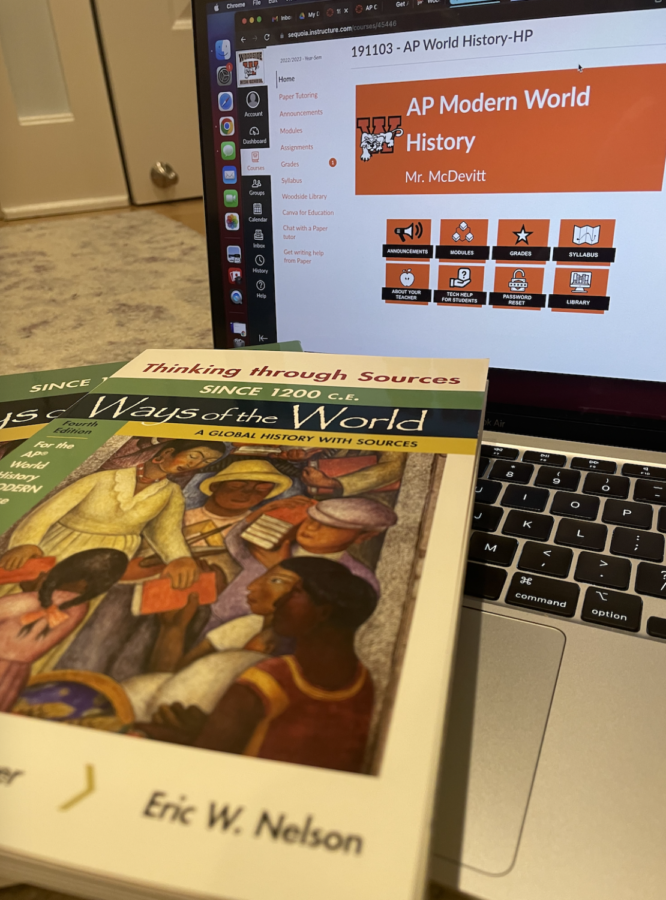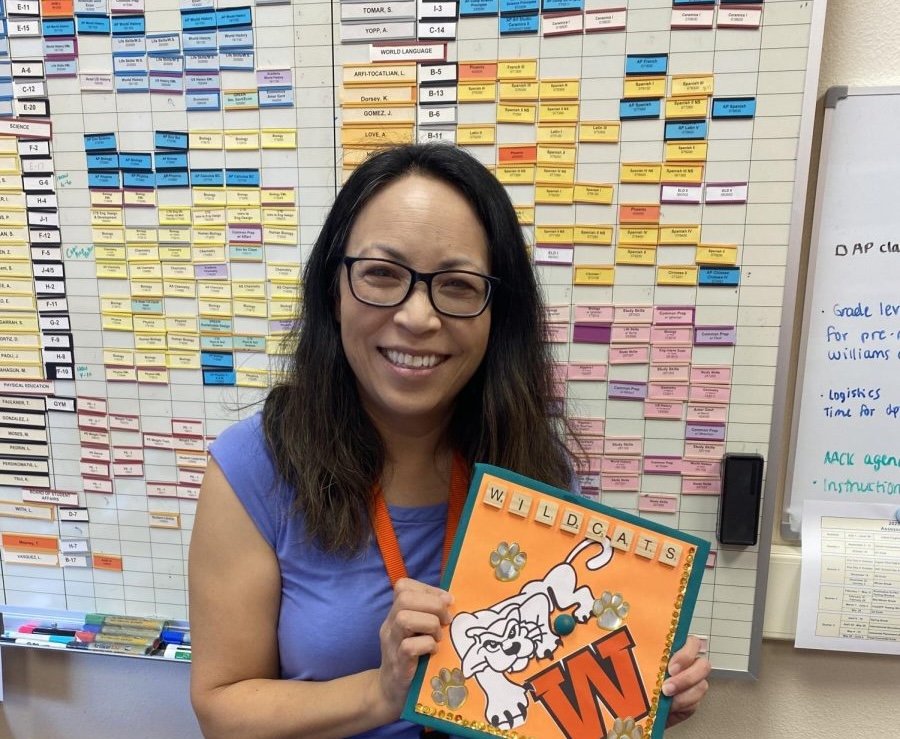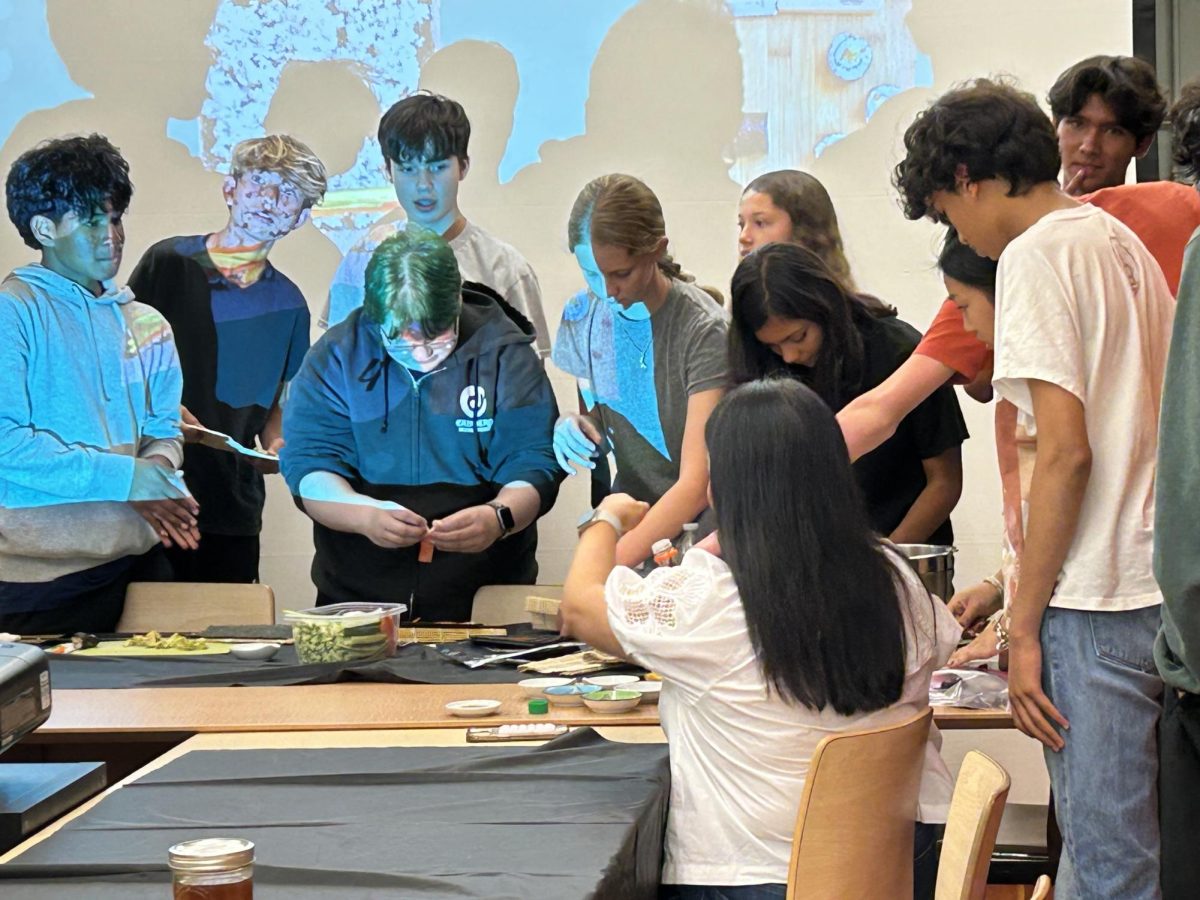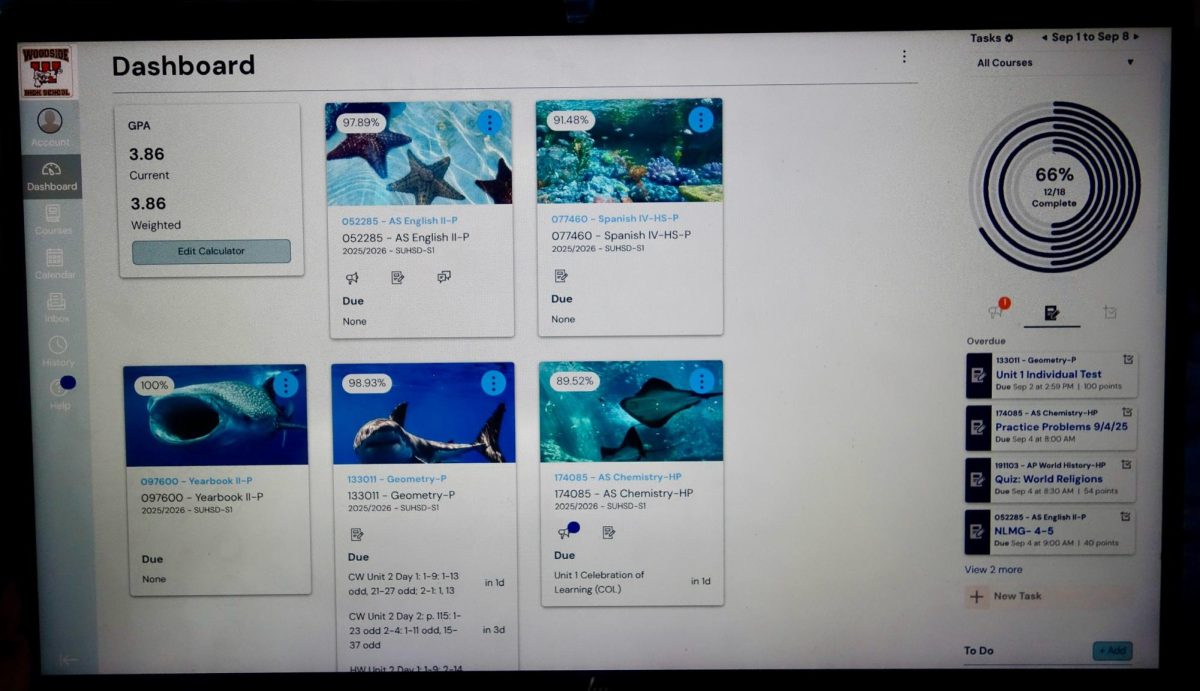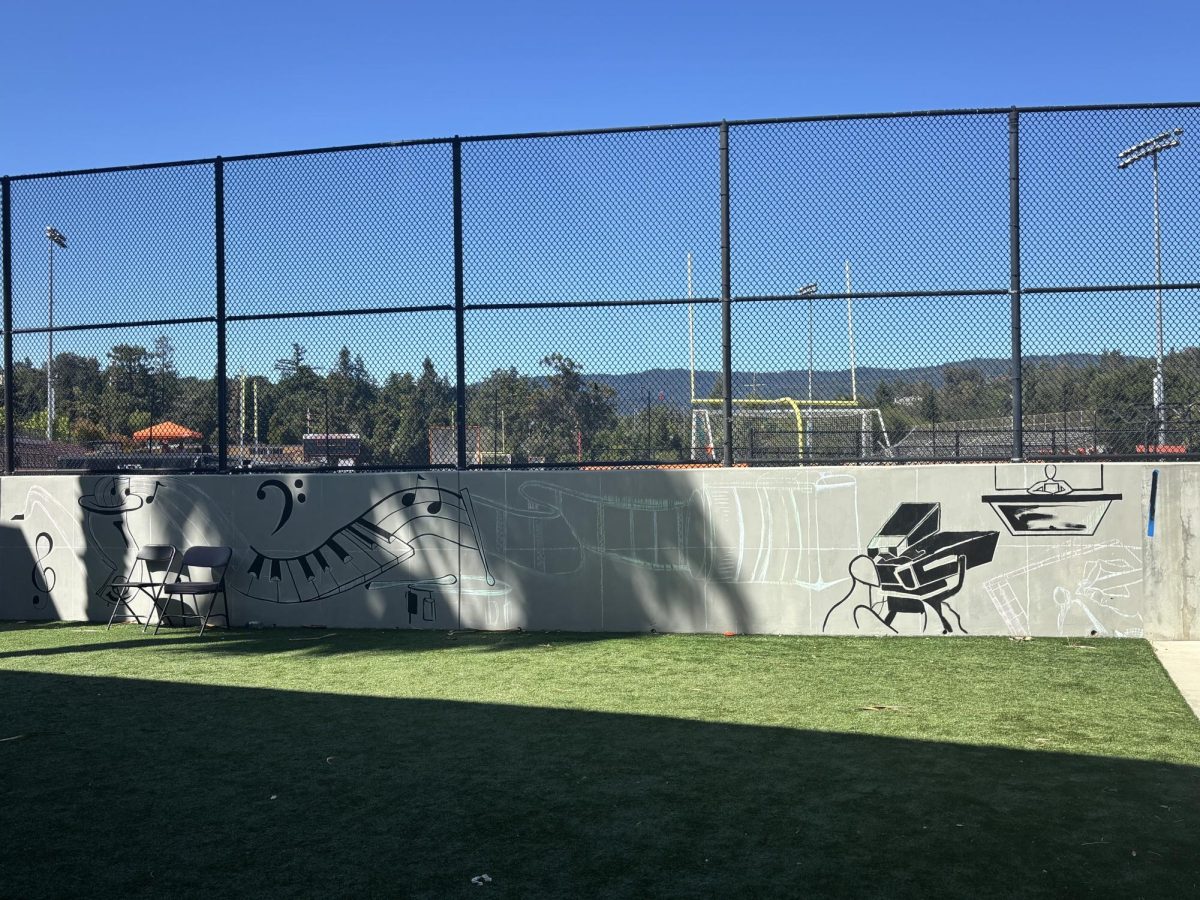The Modern European History and Advanced Placement (AP) Modern European History class, traditionally taken by sophomores, officially changed to World History and AP World History this year.
With the previous freshman curriculum change in 2021 from World History to Ethnic Studies as per the California requirement, this recent change marks Woodside’s efforts in providing a diverse and equally representative curriculum. Although World History has been an available AP course since 2002, the district decided to add the class this year with the goal to incorporate more diverse perspectives into education.
“This is something that our district, but also many districts along the Peninsula have done this year,” AP World History teacher Patrick McDevitt stated. “I think the primary goal here is to move away from a Eurocentric version of history…in an effort to more closely align to the California standards, which I think for sophomores [is] a more global focus.”
Although this course will provide a more broad understanding of history with a focus on trends, interactions, and cultural diffusion, former Modern European history students showed disappointment at this change.
“I personally think it was nice to be able to learn about European history for once because all throughout middle school, you only learn about U.S. history,” junior Katherine Chernykh said. “It was the one year where you actually got to learn about the history that you hadn’t previously learned about, or wasn’t your own [country’s] history.”
With rising controversy around the course, current sophomores taking World History show skepticism about how well teachers adjust and master the new curriculum for teaching.
“Some of the teachers [have] been teaching AP [Modern] European History for a long time so they know the class and the exam a lot better,” sophomore Camilla Jerng said. “But my teacher for AP World History is [in his] first year teaching it. So he’s trying to figure stuff out while we’re going through [the course].”
For many of the teachers accustomed to the former Modern European History curriculum such as McDevitt, this new change comes with many challenges for their first year teaching World History.
“For me, especially in this first year, it’s going to be a big learning curve, but one which I’m excited about because I’m already starting to make connections [with the AP Modern European History course],” McDevitt said. “I learned a lot I didn’t know focusing just on Europe. So that’s exciting as an educator and someone who enjoys history.”
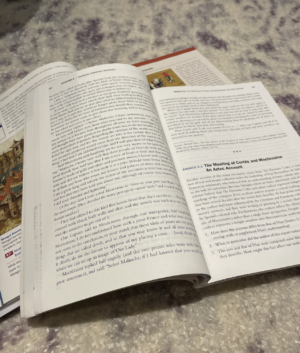
The prospect of gaining a larger understanding and multifaceted perspective of history excites sophomores who are enrolled in the course.
“It’s great that we get to focus on a broader aspect of history,” sophomore Mia Farber said. “I hope that it remains focused on some of the important events that don’t get [taught often in history].”
The addition of more people, leaders, and civilizations discussed in World History compared to Modern European History’s focus on the Renaissance, Age of Reformation, and Christianity adds to the appeal of the new class.
“I don’t have any experience with Modern European history but I like that World history gives a more diverse option for people to learn about,” sophomore Kiera Campana said.
As sophomores begin this new chapter, McDevitt hopes that students find relevance in this course.
“My advice is to find those things that are meaningful to you and that you are going to build your understanding around,” McDevitt said.


